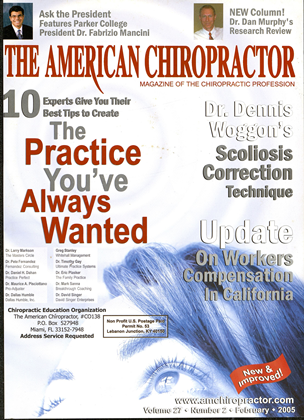Fish oil: Fish oil increases bone formation by favorably influencing osteoblast function. ' Additonally, Dr. Dan Murphy points out that fish oil decreases the release of proteoglycan metabolites from articular cartilage and abolishes the aggrecanase and collagenase activity.2 Arginine: As recent as Feb. 04, Endocinology reports that, "Nitric oxide (NO), in addition to its known atheroprotective effects, appears to also play a role in osteoblast function and bone turnover."3 Homocysteine Nutrients: Lowering even mildly elevated levels of homocysteine increases the risk of osteoporotic fracture. Homocystinuria may weaken bone by interfering with collagen cross-linking. Increasing the integrity of collagen cross-linking is a completely different mechanism of strengthening bone, compared to increasing bone density!4 The Moral of the Story: Lots of nutrients will support heart disease, and lots of nutrients help to build bones; but several nutrients work on DIFFERENT levels for both heart and bone, and utilizing some of these nutrients may allow you to focus on efficiency and kill 2 goals with the same pill. Dr. Toohey received her Ph.D. in nutrition from Colorado State University in Ft. Collins. CO. She has lectured to chiropractors and other health professionals across the country and also in Canada and Europe, including: the British Society for Allergy Environmental and Nutritional Medicine, the MS Society, the International College of Applied Kinesiol-ogy. the United Chiropractors of New Mexico, and the Florida Chiropractic Association. You may reach Dr. Toohey by e-mail at [email protected]. References /. Watkins BA. Li Y, Lippman HE, Feng S. Modulatory effect ofomega-3 polyunsaturated fatly acids on osteo-blast function and bone metabolism. Prostaglandins Leukot Essent Fatty Acids. 2003 Jun:68(6): 387-98. Curtis. CL Arthritis and Rheumatism 2002:46:1544-1553. McFarlane SI et al. Osteoporosis and cardiovascular disease: brittle bones and boned arteries, is there a link? Endocrine. 2004 Feb: 23 (l):l-10). Van Mews JB. et al. Homocysteine levels and the risk of osteoporotic fracture. N Engl J Med. 2004 May I3:350(20):2033-41).
 View Full Issue
View Full Issue






